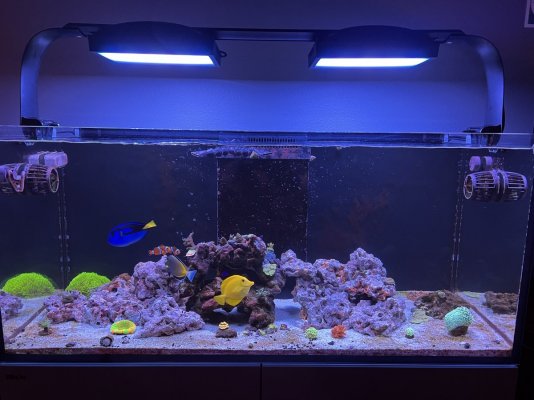I have read some guys being only worried about getting aiptasia in live rock... Definitely, some have missed what live rock is  . Here https://www.reef2reef.com/threads/experience-with-indonesian-live-rock.900766/#post-10044570 you can check a thread where I detailed my very recent experience with Indonesian live rock. I wish I would have only found aiptasias lol
. Here https://www.reef2reef.com/threads/experience-with-indonesian-live-rock.900766/#post-10044570 you can check a thread where I detailed my very recent experience with Indonesian live rock. I wish I would have only found aiptasias lol
Last edited:

















